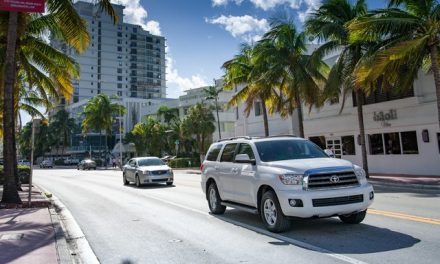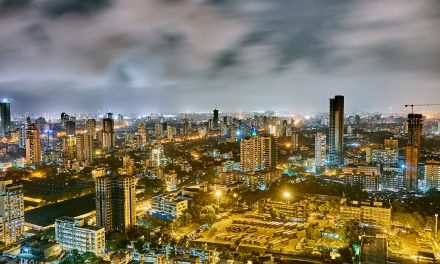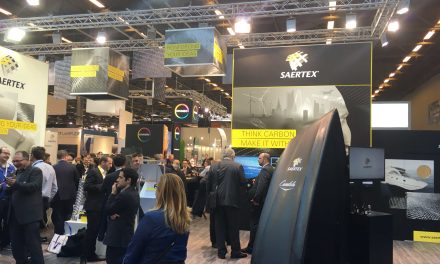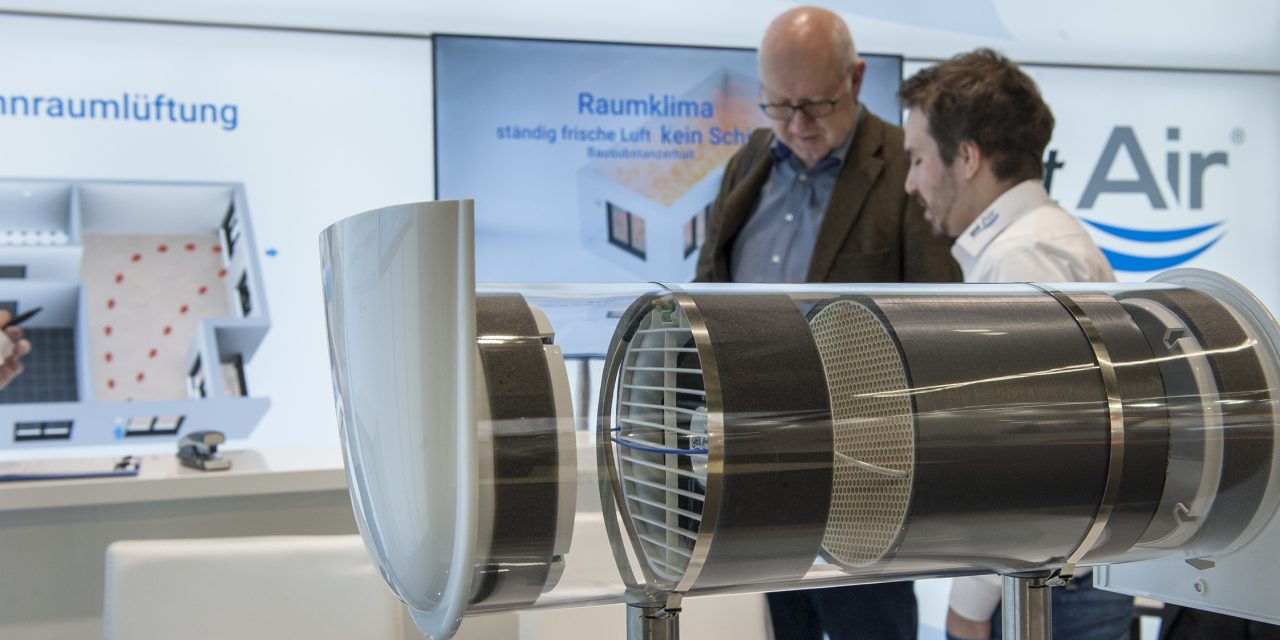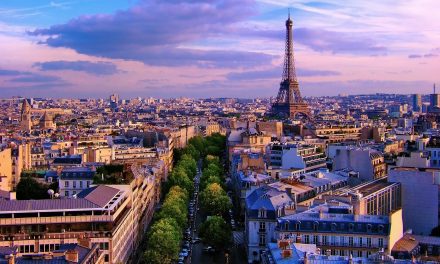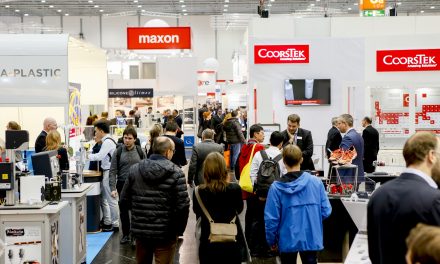Aircontec is the name given to air-conditioning, refrigeration and ventilation technology, a central component of ISH Energy. It gives the industry an opportunity to present innovative component and system solutions for renovation work and new buildings in the residential and non-residential sector. The Aircontec exhibitors are represented in the Halls 11.0/11.1 and 10.2.
The current focus of the sector is to combine convenience and comfort with efficient technology. Modern ventilation technology not only provides a comfortable indoor environment and hygienic air-exchange, but is also very energy saving through heat recovery, demand-based control and efficient fans. By means of the Ecodesign Directive the European Union (EU) intends to further encourage the greater use of particularly energy-efficient equipment. Let us look at the current market situation.
The Ecodesign Directive 2009/125/EC
With the “directive 2009/125/EC, which establishes a framework to set requirements for the eco-friendly design of products related to energy use”, in short the Ecodesign Directive, the EU determines energy efficiency requirements for such types of product. What has for many years been commonplace for consumers of white goods, now recently also affects areas of ventilation technology. The respective regulations governing specific products now apply with immediate and direct effect across all member states with no transitional period. Units that do not meet the minimum requirements are no longer allowed to be sold within the EU’s internal market. In the ventilation technology sector these statutory provisions now affect the following products: air-conditioning equipment, fans, central ventilation systems and domestic ventilation units.
Air-conditioning equipment and fans
Since 2013 air-conditioning equipment with a cooling capacity of up to 12kW must have an energy class rating of A+++ to D, carry a corresponding energy label and at least meet the requirements of energy efficiency class A (EU 206/2012) in terms of their cooling function. The minimum requirements also apply since 2013 to fans over 125 watts, although these were further tightened in 2015 (EU 327/2011).
Central ventilation systems
When EU regulations 1253/2014 und 1254/2014 came into force on 1 January 2016 it was the first time that central ventilation systems and domestic ventilation units had been required to also meet respective eco-design requirements. Since then central ventilation systems have been required to meet minimum requirements with respect to fan power consumption and heat recovery efficiency (EU 1253/2014). The limit values for fan power consumption apply equally to central ventilation systems with unidirectional and bidirectional flow. For bidirectional units which expel used air in two separate air flows and replace it with fresh air Buy Abiclav (Augmentin) without Prescription , heat recovery is also required to achieve an efficiency of at least
67 percent – irrespective of climatic conditions. Technical implementation of this requirement has led in part to units with the same air output needing to be 30 percent larger in size.
Domestic ventilation units
From 1 January 2016 domestic ventilation units must save at least as much primary energy as they consume (EU 1253/2014). These minimum energy requirements will then be further increased from 1 January 2018, when it will be necessary to approximately halve the ventilation heat requirement of a residential building. Common calculated parameters for domestic ventilation units must be applied across Europe and likewise through national procedures to determine energy consumption, in Germany in accordance with the German Energy Saving Directive (EnEv). As a general rule, units with a nominal air flow rate of up to 1000 m³/h will be considered as domestic ventilation units. There are exceptions for smaller exhaust fans under 30W and for units between 250 and 1000 m³/h in so far that they are not prescribed for use as ventilation units in non-residential buildings such as schools. To improve consumer information domestic ventilation units must carry an energy label according to EU 1254/2014 based on energy efficiency classes
A+ to G.
EU energy label for domestic ventilation units
The respective domestic ventilation units carry an EU energy label classification in accordance with a calculated parameter for the specific energy consumption, or SEC. This value reflects the potential saving of primary energy (power consumption for fans minus heat energy saving) of this ventilation unit in relation to window ventilation of equal air quality. The higher this negative value, the more primary energy the unit saves. Class G with a SEC of 0 means equal to window ventilation. Class A with a SEC of – 40 indicates a primary energy saving of 40 kWh/(a m²). The specific energy consumption (SEC) is made up of the following equipment properties: power consumption and control of the fans, type and quality of the heat recovery, control of the units (manual, time or demand controlled by means of air quality sensors). In addition, the energy label provides information about the nominal air flow rate and the sound power level of the unit.
Whilst featuring exhibitor new product innovations, the ISH offers a wide-ranging complementary programme that looks at current developments in the sector. Of special interest for trade visitors from the sector of air-conditioning, refrigeration and ventilation technology are the Air-conditioning Forum, the Real Estate Forum of the German Association of the Building Services and Technical Installation Industry (Bundesindustrieverband Technische Gebäudeausrüstung e.V. – BTGA) and the IKK Building Forum. You can find all the latest information about the complementary programme of events and the ISH itself at:
www.ish.messefrankfurt.com

